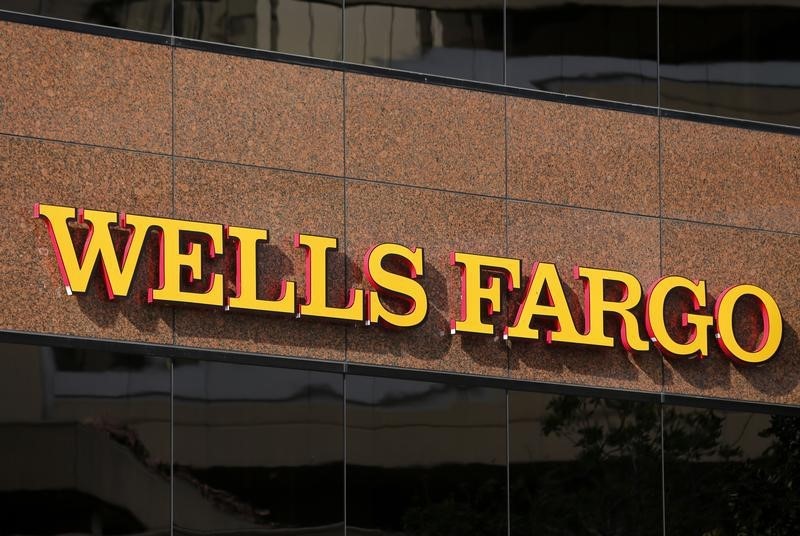US stock futures inch lower after Wall St marks fresh records on tech gains
Kronos Worldwide Inc (NYSE:KRO) Executive Vice President Andrew B. Nace reported purchasing shares of the company’s common stock on August 13, 2025, in a series of transactions valued at $17,500. The insider purchase comes as the stock shows signs of recovery, posting a 21% gain over the past week, though still down 33% over the previous six months. According to InvestingPro analysis, the stock appears undervalued at current levels.
According to a Form 4 filing with the Securities and Exchange Commission, Nace acquired a total of 3,000 shares of Kronos Worldwide Inc . The purchases were executed at prices ranging from $5.76 to $5.98 per share. Following these transactions, Nace directly owns 19453.147 shares of Kronos Worldwide Inc. The company maintains a 3.3% dividend yield and has consistently paid dividends for 16 consecutive years, trading at a P/E ratio of 10.4. For deeper insights into insider trading patterns and additional ProTips, visit InvestingPro.
In other recent news, Kronos Worldwide, Inc. has expanded its credit facility from $300 million to $350 million through an amendment to its existing credit agreement. This amendment, executed with Wells Fargo Bank and other participating lenders, also increases the borrowing limits for its European subsidiaries, Kronos Europe NV and Kronos Titan GmbH. Meanwhile, S&P Global Ratings has downgraded Kronos Acquisition Holdings Inc. to ’CCC+’ from ’B-’ due to liquidity issues and operational challenges following a warehouse fire in Conyers, Georgia. This downgrade highlights a 30% decline in EBITDA and an 8.8% fall in revenue for the first quarter of 2025 compared to the previous year. Additionally, Moody’s Ratings has shifted Kronos’ outlook from stable to negative, although it maintains its B3 corporate family rating. The change in outlook is attributed to disruptions from the chemical fire and the associated risks of relocating operations. Moody’s analyst Dion Bate notes these challenges could lead to negative free cash flow and increased financial leverage until early 2026.
This article was generated with the support of AI and reviewed by an editor. For more information see our T&C.
